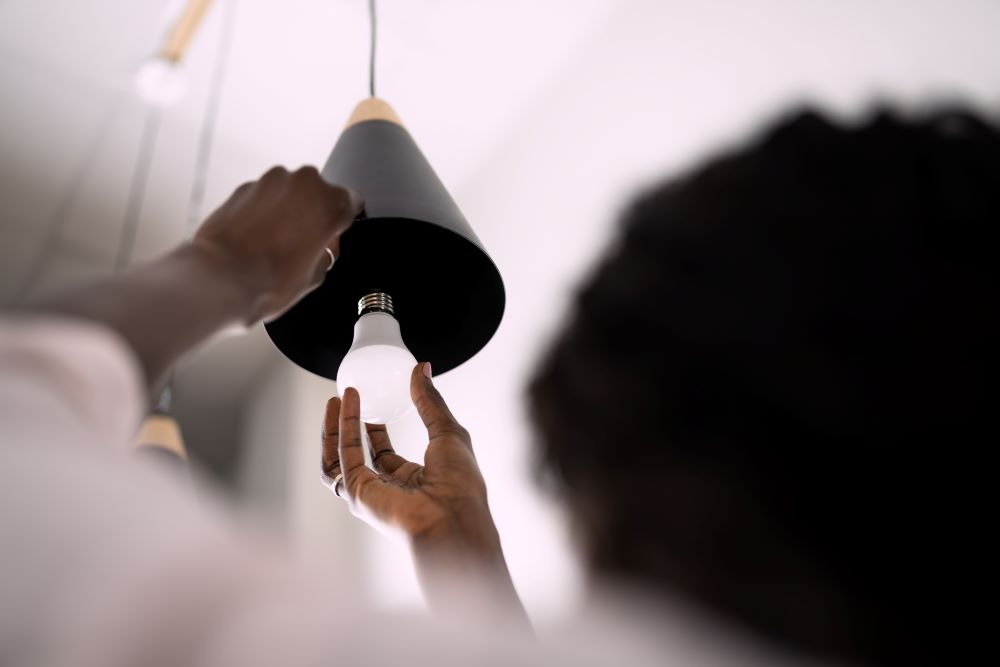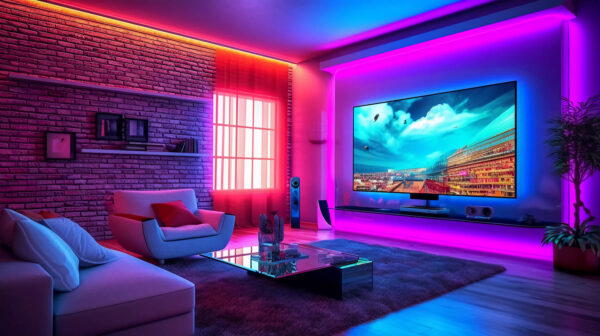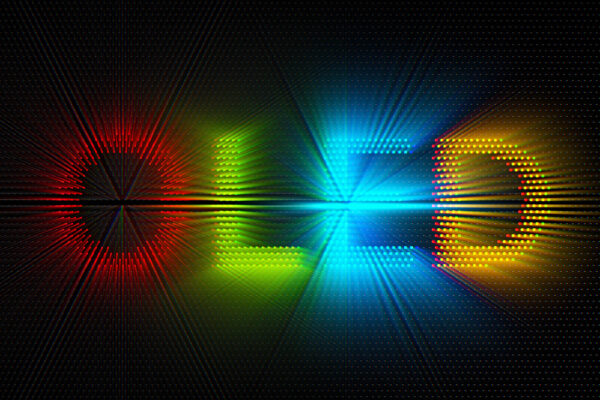What is Sustainable Lighting?
Sustainable lighting refers to lighting practices and technologies that prioritize environmental responsibility, energy efficiency, and long-term sustainability. It involves using lighting systems and strategies that minimize energy consumption, reduce environmental impact, and promote a more efficient use of resources. Sustainable lighting aims to balance the need for illumination with the goal of minimizing energy waste and environmental harm. Here are some key aspects of sustainable lighting:
- Energy Efficiency: Sustainable lighting focuses on maximizing energy efficiency by using lighting technologies that consume less energy for the same level of illumination. LED (Light Emitting Diode) lighting, for example, is highly energy-efficient and has become a popular choice for sustainable lighting due to its low power consumption and long lifespan.
- Renewable Energy Integration: Sustainable lighting often integrates with renewable energy sources such as solar power. By harnessing the energy of the sun, lighting systems can operate independently from the electrical grid, reducing dependence on fossil fuels and lowering carbon emissions.
- Lighting Controls and Automation: Sustainable lighting systems incorporate advanced controls and automation to optimize energy usage. This includes features like occupancy sensors, daylight harvesting sensors, timers, and dimming controls. These controls ensure that lighting is only used when needed and at the appropriate intensity, minimizing energy waste.
- Lifecycle Considerations: Sustainable lighting takes into account the entire lifecycle of lighting systems, including production, use, and disposal. It prioritizes the use of materials with low environmental impact, promotes recycling and proper disposal of lighting components, and encourages extended product lifespans to minimize waste generation.
- Environmental Impact: Sustainable lighting aims to minimize environmental impact throughout its lifespan. This includes reducing carbon emissions, minimizing light pollution, and choosing lighting technologies that are free from toxic substances. By selecting lighting solutions with a lower environmental footprint, sustainable lighting helps preserve natural resources and protect ecosystems.
- Human Well-being: Sustainable lighting also considers the impact on human health and well-being. It takes into account factors such as color temperature, color rendering, and light distribution to create lighting environments that are comfortable, visually appealing, and promote productivity, alertness, and circadian rhythm regulation.
- Design and Aesthetics: Sustainable lighting embraces design principles that enhance both functionality and aesthetics. It focuses on creating lighting solutions that are visually pleasing, adaptable to different spaces, and capable of integrating with architectural designs.
Overall, sustainable lighting aims to balance the need for efficient illumination with environmental responsibility and human well-being. By adopting sustainable lighting practices and technologies, we can reduce energy consumption, minimize environmental impact, and create healthier and more visually appealing lighting environments.
How Sustainable Lighting is Fighting Global Poverty
At first glance, there would seem to be little or no connection between sustainable lighting and efforts to reduce global poverty. Residents who live in impoverished communities, however, might spend up to 10% of their already meager income on utility and energy costs to light their residences. Many of those residents also use inefficient kerosene lamps or lighting that burns other high-emission fuel sources, and those emissions often cause respiratory and other health problems. The World Bank reviewed this situation and realized that improving lighting in these communities can have a major effect on helping residents to escape from impoverished areas.
LED lighting is a key component in this process. Solar-powered LEDs can provide better illumination at a substantially reduced cost even for communities that have little or no connection to an electrical power grid, which may well be the case for remote regions that are distant from power plants. Immediate adoption of solar LED systems can reduce residential lighting costs by more than 60%. The initial cost of LED systems has also dropped dramatically over the past ten years with a concurrent increase in lighting efficiency.
LED Technology in the Developing World
LED lighting developers and manufacturers are beginning to realize the potential for expanding their markets into these communities while simultaneously helping community residents to reverse the cycles of poverty. These companies are developing low-cost sustainable lighting products that are purchased and distributed by international aid organizations to individuals and families that are typically neglected when new products enter the market.
International non-profit organizations, such as Solar-Aid and the Global Off-Grid Lighting Association, are among the entities that have stepped into the void to help impoverished communities adopt solar-powered LED lighting systems. Solar-Aid has already delivered more than one million solar-powered lights to communities in Africa that have limited or no access to electrical grid power sources. The goal of these and other similar organizations is to teach people that using alternative power sources can reduce energy costs while providing better lighting and a healthier local environment. With more resources available for other uses, the theory is that those resources will be devoted, at least in part, to eradicating poverty.
Poverty will frequently exacerbate health problems due to a lack of access to health care and unhealthy environmental conditions. The use of traditional fuel sources, such as kerosene, has been linked to more than 1.5 million deaths per year as a result of fires and respiratory illnesses. As solar-powered LED lighting systems are distributed in communities that have previously relied on traditional sources, the expectation is that this fatality number will fall dramatically, thus further attacking the poverty problem.







